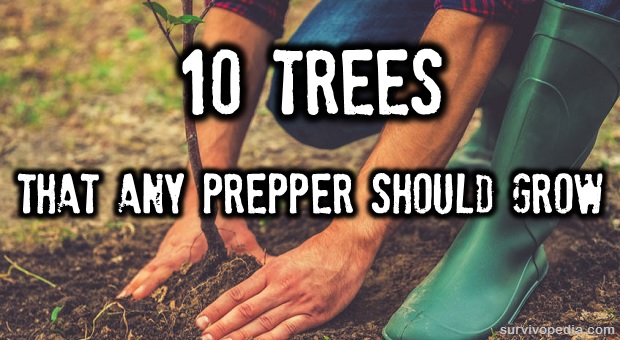When it comes to selecting trees to plant it is important to think about all the survival needs that can be met by using trees. Aside from food production, trees can be used to protect your property, building furniture, as wood to fuel a fire, and for medicinal needs.
And since spring is the ideal time of the year to be thinking of this, here are 10 types of trees that will increase your sense of security, but will also come in helpful when you consider meeting the needs described above.
Read the article till the end to get the knowledge of choosing these trees, and to find the hidden gem that will help you boost your homestead and grow an amazing orchard.
Trees for Defense and Protection
When it comes to defensive trees, choose those trees that have symbiotic relationships with vine plants that tend to be problematic for adversaries trying to get into your homestead.
For example, some trees act as at the perfect host for poison ivy and other vines that both people and animals would prefer to stay away from. In these cases, it is not so much the tree that has the defensive properties as the vines or other plants that will grow well around it.
1. Hawthorn
This particular tree makes plenty of thorns that will form a natural fence. If you have young trees, try training the limbs along long lines instead of letting all of them grow upward. You should be able to create a thick, natural fence that will maintain itself, and also create one that is several layers thick for even better protection.
Hawthorn is also well known for lowering blood pressure and preserving heart health.
As with other herbal remedies, use great caution so that you can use this tea safely and effectively. For example, if you are going to use hawthorn to lower blood pressure, you may only be able to take it for a week or two and then stop for a week or two before taking more. During that interim, you may need some other method to keep your blood pressure under control.
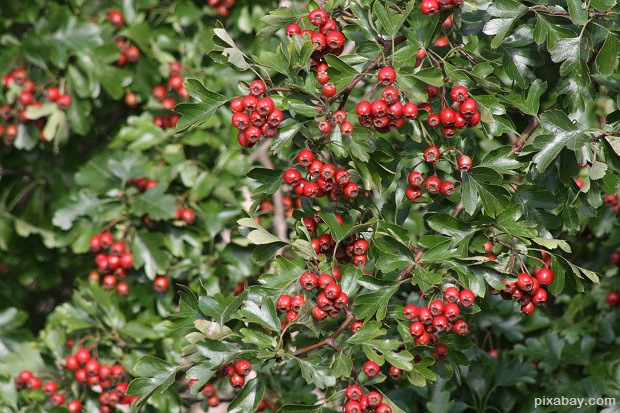
2. Locust
If you choose honey locust (the first pic below) instead of black locust (the second pic below) you will have edible pods to consume as well as a naturally thorny tree for protective purposes.
Locust trees are also classified as legumes and nitrogen fixing even though they do not appear to have a symbiotic relationship with soil bacteria for the purpose of holding nitrogen drawn from the air. Locust pods do have a good bit of nitrogen in them and can be used to enrich soil.
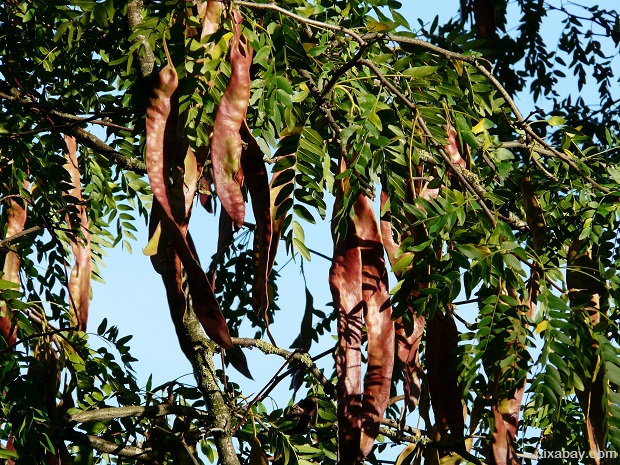
Just make sure that the compost is thoroughly broken down so that the seeds do not sprout. You can also use locust for virtually rot proof hardwood. Unfortunately, this tree does not grow as quickly or as large as other trees, so it cannot be relied on for all your woodworking or wood burning needs.
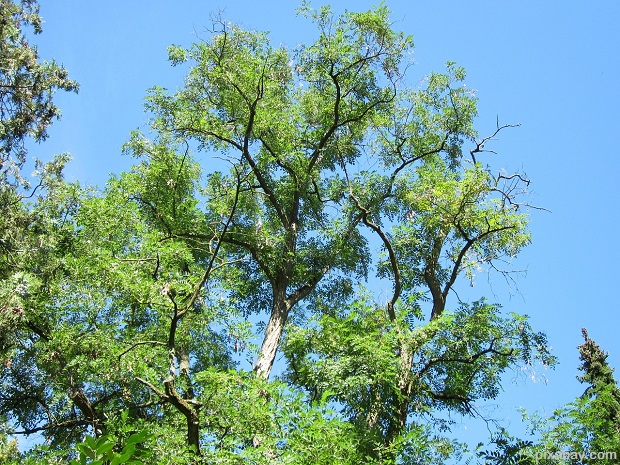
3. Osage Orange
If you live in certain areas, then you may already know that osage orange is known as a natural fence that was grown historically for this purpose. It can deter humans and cattle and also halt soil erosion.
Even though the wood from this tree tends to be full of twists and knots, it does produce a very dense wood that burns well and produces plenty of heat. Wood from this tree can also be used to make fence posts and for other hardwood applications, and it is one of the few trees with wood that is highly resistant to rotting.
Medicinally speaking, osage orange can be used to prevent and treat some cancers as well as fungal infections. It should be noted that osage orange fruit can be consumed in small quantities, however it is likely to cause stomach irritation.
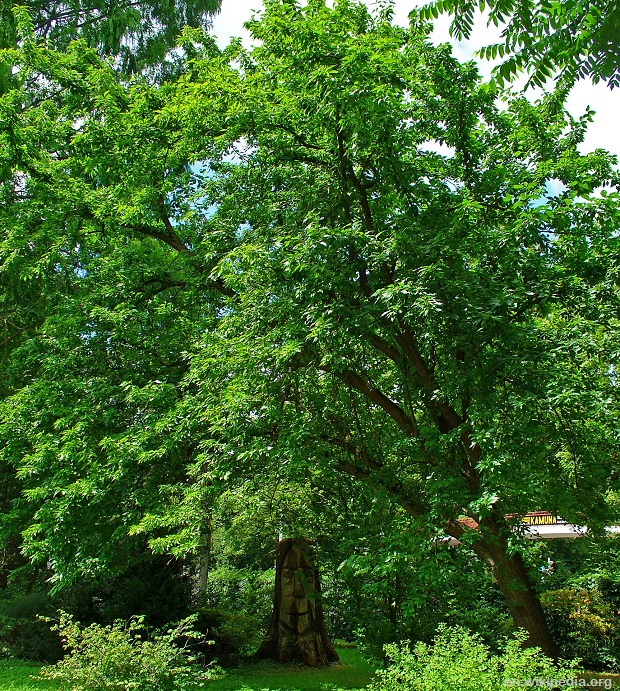
4. American Plum
Even though these trees don’t get very tall, they do produce long branches and also suckers that can create a complex bramble that will act as a deterrent.
Plum trees also produce delicious fruit that can be used to make wine, fruit juice, jellies, jams, and prunes. As you may be aware, both prune juice and prunes work well for constipation.
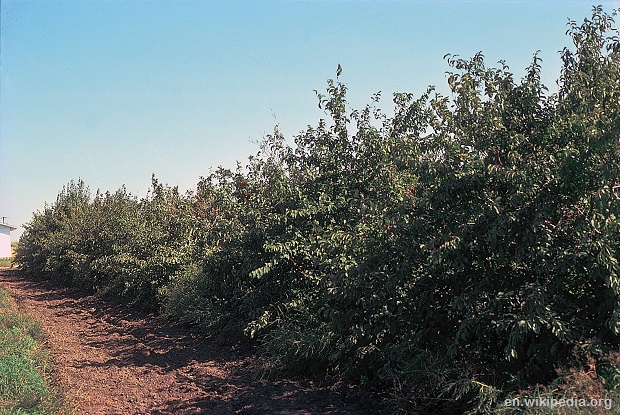
5. JuJube Tree
This tree can withstand the heat of Africa as easily as it can below zero temperatures in other climates. As such, if you choose to use the Jujube tree as a thorny natural fence tree, it will always do well. There are also many other uses for this tree: the fruit can be used fresh for food, ground for tea, candied, or dried for preservation. Some people also make Jujube fruit into wine and vinegar (for pickling).
There are also many medicinal properties associated with JuJube seeds. This includes sedative, contraceptive, antifungal, anti-anxiety, and immune boosting. Parts of the JuJube tree or fruit can also be used for preventing wound infections and to relieve stomach ulcers.
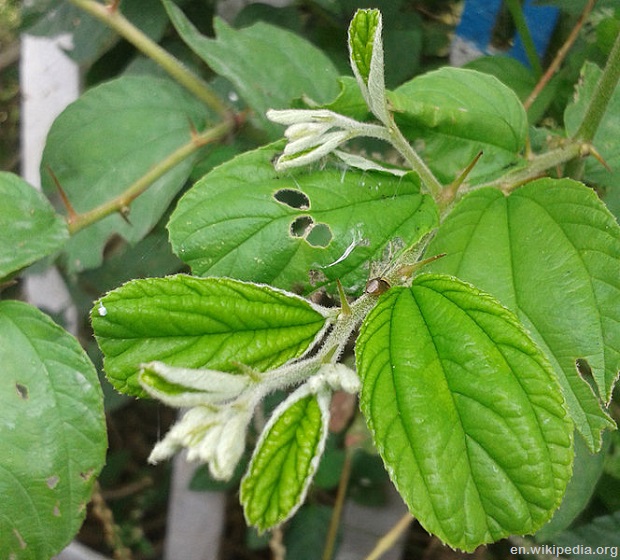
Trees for Building Materials and Firewood
Being a homesteader means you rely a lot on natural materials when building a steady roof as our ancestors did, and the most fundamental is to use only high quality wood. You need to learn the tricks to pick the right wood for your homestead, otherwise your building efforts are in vain.
Related: 6 Trees Every Survivalist Should Know & Why
1. Cedar
Wood from this tree has a delightful smell that makes it ideal for making furniture, but also for cooking food and especially salmon. You can also use shavings for animal bedding and controlling moths. Cedar also tends to be a good weight wood for carving. Cedar bark is also well known for its use in alleviating symptoms of the common cold and the flu.
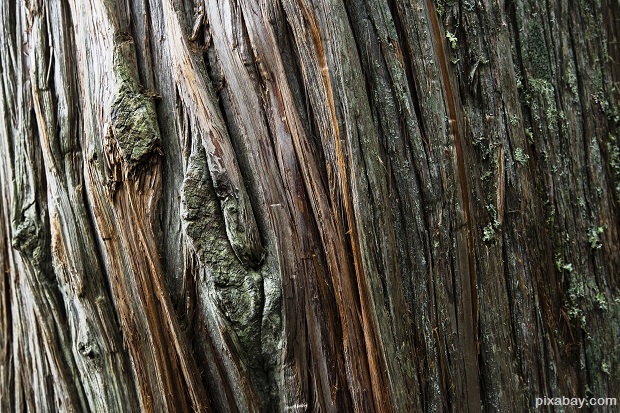
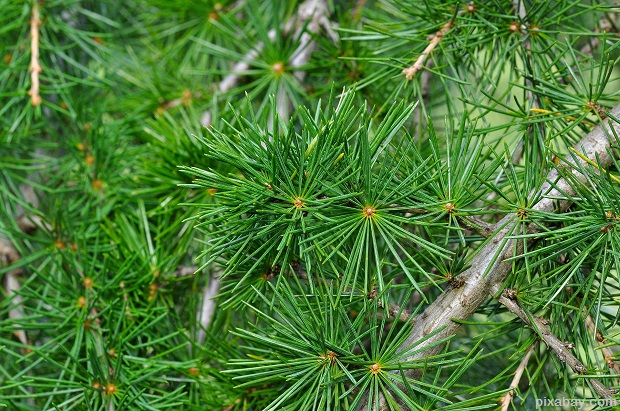
2. Pine
Even though pine is a soft wood, this and related trees grow fast, making it ideal for building, firewood, and many other purposes. Pine also produces a resin that can be used for medicinal needs, glue, and roofing.
If you are interested in growing pine trees, remember that it can be difficult to get them to grow from seeds. In some cases, they may only start growing after being digested by birds, while other species may require fire to open the pine cones. You may be best served by starting pine trees from cuttings or digging up young wild trees from areas where they would not survive because the surrounding trees are already too dense.
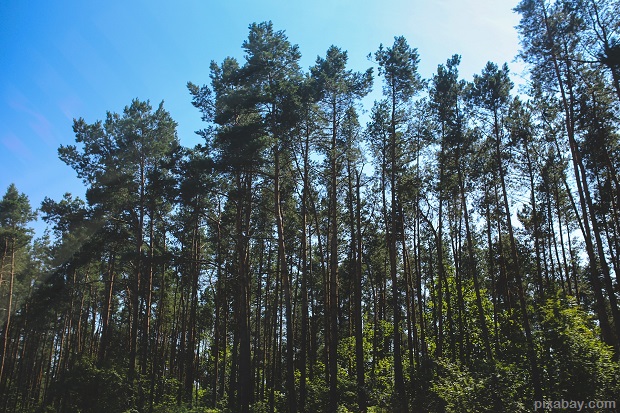
3. Mulberry
Chances are, you have heard of mulberry wine as well as many other foods made from the fruit of this tree. Mulberry is also a fast growing tree that produces plenty of wood: it can produce more wood per acre than most other trees. Wood from this tree is used mainly for firewood, although it can also be used as biomass for other applications.
White mulberry, an Asian variant, can also be used to treat diabetes and prevent plaque buildup in the arteries. White mulberry is considered an invasive exotic species, so before planting, make sure that it is legal to do so in your area, and that you have enough room to prevent it from spreading out of control.
Also remember that male mulberry trees can cause asthma and other breathing problems when they have pollen. On the other hand, female trees are considered allergy free and can be safely planted from this perspective.
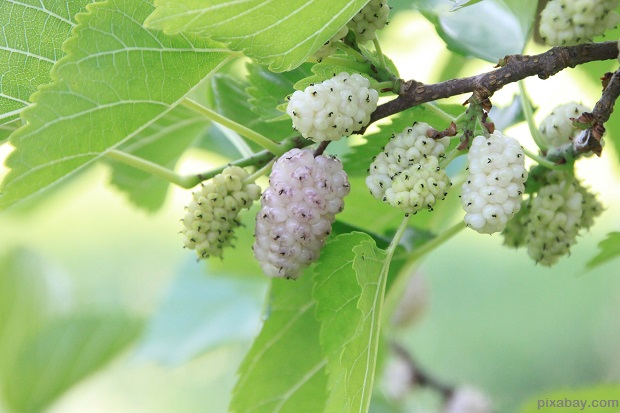
4. Walnut
This tree produces a beautiful hardwood that can be used for furniture, gun stocks, and many other items, including musical instruments and carving. Since walnut trees can reach well over 100 feet in height, their wood is also suitable for flooring and other applications where large, sturdy boards are needed.
You can also consume the “nut” center of the fruit in the form of pies or fresh out of the shell. Walnut fruit is also very useful for making dyes and ink. Aside from this, you can also use the center of a walnut to polish out scratches and blemishes in other pieces of finished wooden furniture.
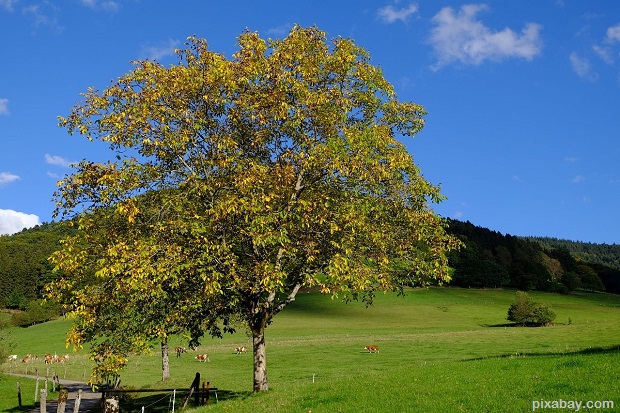
5. Maple
Aside from producing wood that can be used for furniture and many other needs, maple syrup is also edible. Maple trees also have a number of medicinal properties. For example, use a wash from the leaves to relieve sore eyes. You can also make a tea from the bark to treat bronchitis and kidney infections.
Even though maple bark may not have anti-viral properties, it can still be made into a tea to relieve some symptoms of the common cold. Fallen leaves from maple trees are also excellent for use as garden compost. Not only do the leaves produce large amounts of nutrient dense biomass, they also contain vital nutrients from deep in the soil.
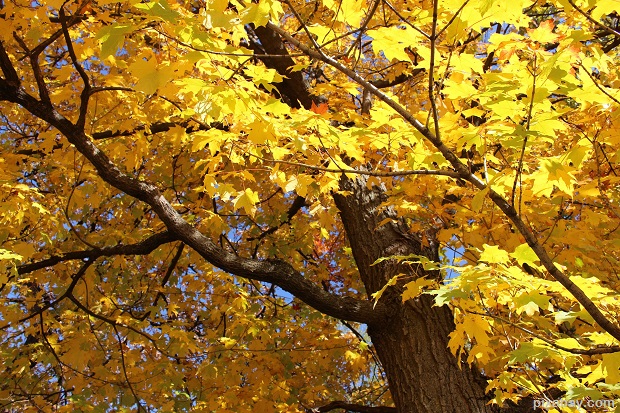
Even though every tree may not grow in your local area, you can still try to plant at least one from every category so that you have a good variety. In many cases, you may even be able to pick up wild seed pods or take cuttings from wild trees as opposed to buying them from a nursery. Regardless of the type that you choose, make sure that they are non-hybrid strains and that you can get both viable seeds and cuttings from the trees.
The Lost Ways is not merely a survival book, because most of the knowledge you’ll find in it will begin improving things in your life starting today. What I’m talking about is the type of self-sufficiency that our great-grandfathers used to have. I’m talking about things that they did around their homes and the healthy lives that they lived.Watch the video below:
You can restart each species of tree in your orchard in the post crisis world. All you need to know is knowledge and time to wait for the nature to follow its course.

